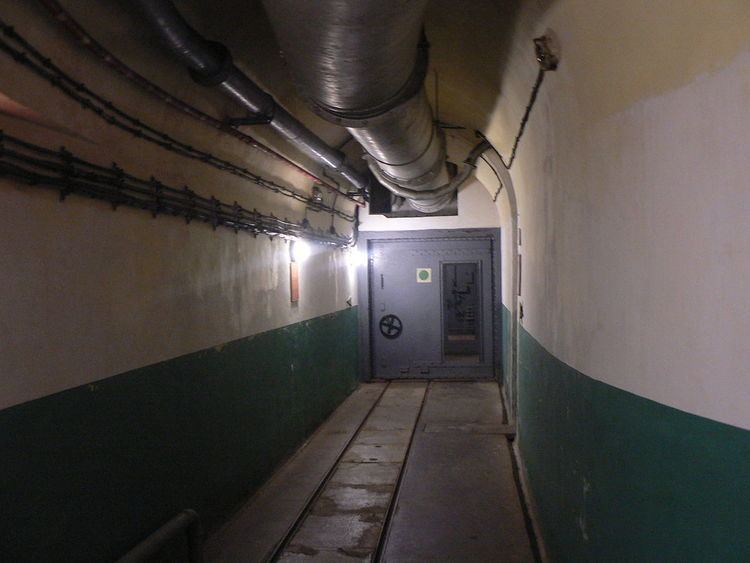Open tothe public Yes In use Preserved Phone +33 6 79 74 23 49 | Built by CORF Year built 1931 | |
 | ||
Materials Concrete, steel, rock excavation Similar Alps, Ouvrage Le Lavoir, Ouvrage Pas du Roc, Ouvrage Restefond, Ouvrage Saint Ours Haut | ||
Ouvrage Saint-Gobain is a work (gros ouvrage) of the Maginot Line's Alpine extension, the Alpine Line. The ouvrage consists of one entry block, one infantry block, one artillery block, one observation block and one combination block. Located in Modane, France, it is just across the valley of the Arc from Ouvrage Saint-Antoine and somewhat to the east of Ouvrage Sapey.
Contents
The ouvrage covers the approach to the Fréjus Rail Tunnel and the N6 road. In 1940 it had a garrison of 154 under Captain Dutrey. It cost 12.2 million francs.
Description
History
Saint-Gobain participated in artillery fire directed at Italian troops in the Italian invasion of France in 1940 only indirectly, when one of its observation blocks spotted the fall of shot from Ouvrage Sapey in the morning hours of June21 against an Italian observation post.
After the 1940 armistice, Italian forces occupied the Alpine ouvrages and disarmed them. In August 1943, southern France was occupied by the German 19th Army, which took over many of the Alpine positions that had been occupied by the Italians until Italy's withdrawal from the war in September 1943.
In 1944, Saint-Gobain was recaptured relatively easily on 13 September. The Modane end of the Fréjus Tunnel was blown up by the retreating Germans, leaving a tilted blockhouse by the railway line, now known as the "Tilted House." Saint-Gobain had suffered little damage during the war and by the end of 1944 was partly repaired and placed into service. Immediately after the war, the Maurienne region was regarded as an area of medium priority for restoration and reuse by the military. By the 1950s the positions in the Southeast of France were restored and operational again. However, by 1960, with France's acquisition of nuclear weapons, the cost and effectiveness of the Maginot system was called into question. Between 1964 and 1971 nearly all of the Maginot fortifications were deactivated.
Ouvrage Saint-Gobain is open for public visitation, maintained by the Association du Musée de la Traverse des Alpes.
